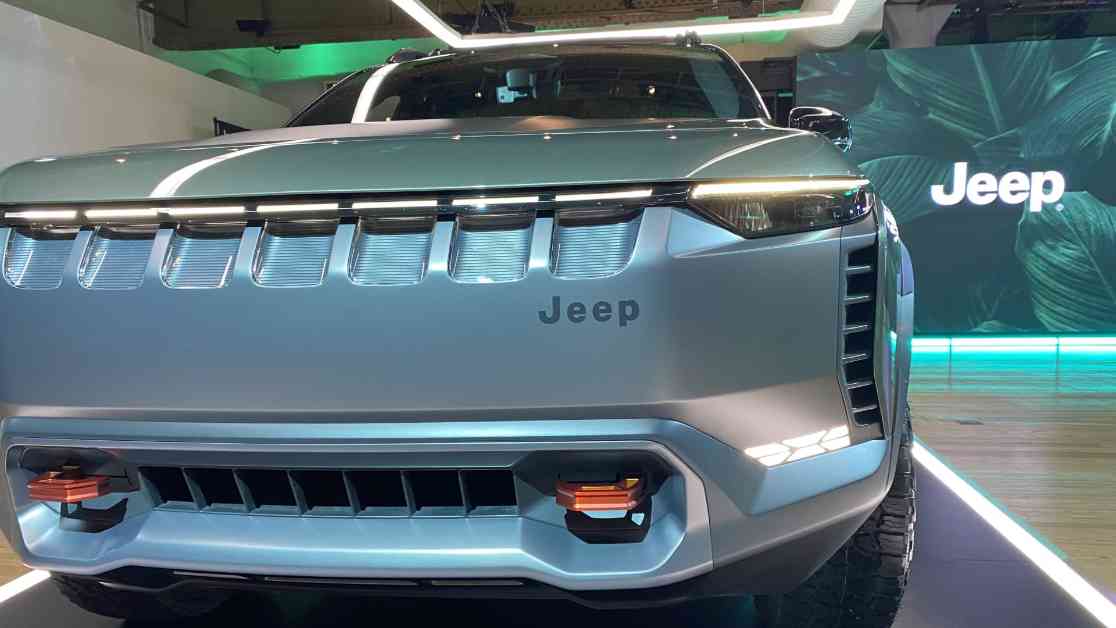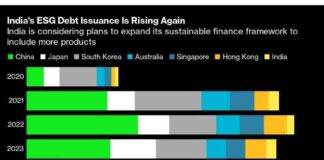Stellantis’ Jeep brand, known for its rugged vehicles capable of tackling tough terrains, is facing a significant challenge in boosting its domestic sales performance to reach 1 million vehicle sales in the United States by 2027. After experiencing five consecutive years of annual sales declines, with the potential for a sixth in 2024, Jeep CEO Antonio Filosa is implementing a comprehensive turnaround strategy to revitalize the quintessential American SUV brand.
Filosa remains optimistic about Jeep’s future, believing that the brand’s worst days are behind it and that achieving the 1 million sales target is still within reach. The company has already begun to see positive results from its turnaround plan, with a 9% sales decline in the U.S. during the first six months of the year. The strategy includes initiatives such as lowering pricing across its lineup, offering special incentives like 0% financing, increasing marketing and advertising efforts, and addressing dealer concerns through a forthcoming roadshow.
While these actions may impact profits, Jeep’s average transaction prices have seen a significant increase, rising from less than $40,000 in 2020 to over $50,000 this year, surpassing the industry average. Filosa highlighted the positive growth resulting from the implemented actions, with Jeep reporting a 28% increase in U.S. sales from August 2023 and a 55% rise from July. Additionally, the brand reduced its vehicle inventory by approximately 25,000 units during this period.
Despite these improvements, Jeep still has a long way to go to achieve a notable sales turnaround. U.S. sales have declined by 34% from their peak in 2018, dropping to less than 643,000 units last year. This decline is partly attributed to the discontinuation of the entry-level Renegade and Cherokee compact SUV models, which were previously key contributors to Jeep’s sales volume. Filosa acknowledged the impact of losing these models, which reduced the brand’s market coverage from 80% to 45%.
Looking ahead, Jeep aims to regain market share quickly and return to an 80% coverage by the end of next year. This goal will be supported by the introduction of new models, including a replacement for the Cherokee and electrified vehicles. As part of Stellantis’ broader strategy to increase profits and revenue, Jeep is targeting global sales of approximately 1.5 million SUVs by 2027, with 1 million of those sales in the U.S.
To achieve these ambitious targets, Stellantis CEO Carlos Tavares has allowed flexibility in pricing, incentives, and financial targets after consulting with dealers. Filosa emphasized the importance of ongoing efforts to engage with dealers and drive sales growth through new product launches and marketing initiatives. The brand’s focus on profitability aligns with Tavares’ overarching vision to double revenue to 300 billion euros by 2030.
In addition to launching new models and increasing marketing spending, Jeep is prioritizing quality and reliability to enhance its vehicles’ appeal. Historically, Jeep vehicles have ranked below average in third-party quality assessments, prompting the brand to delay the launch of upcoming models to ensure flawless execution. However, challenges persist, as Jeep is collaborating with U.S. auto safety regulators on an investigation into reports of underhood fires in newer Jeep Wrangler and Gladiator SUVs.
Despite these hurdles, Filosa remains committed to delivering high-quality vehicles and meeting customer expectations. The upcoming all-electric Wagoneer S and Recon SUVs will be produced at Stellantis’ Toluca Assembly Plant in Mexico, with plans for additional electrified models in the pipeline. As Jeep continues to navigate the evolving automotive landscape, the brand’s focus on innovation, customer satisfaction, and sustainable growth will be critical to its long-term success.
Strategies for Sales Growth
Jeep’s turnaround strategy includes a multi-faceted approach to boost sales performance and regain market share. By lowering pricing, offering incentives, increasing marketing efforts, and addressing dealer concerns, the brand aims to attract more customers and drive sales growth. The recent uptick in U.S. sales indicates that these initiatives are beginning to yield positive results, setting the stage for a potential turnaround in the coming years.
Product Innovation and Market Expansion
In addition to implementing sales-focused strategies, Jeep is investing in product innovation and market expansion to stay competitive in the evolving automotive landscape. The introduction of new models, such as the all-electric Wagoneer S and Recon SUVs, demonstrates the brand’s commitment to sustainability and technological advancement. By expanding its portfolio of electrified vehicles and catering to changing consumer preferences, Jeep aims to secure its position as a leader in the SUV market.
Quality Control and Customer Satisfaction
As Jeep strives to increase sales and market share, the brand is also prioritizing quality control and customer satisfaction to build trust and loyalty among its customer base. By focusing on delivering problem-free vehicles and addressing safety concerns, Jeep aims to enhance its reputation for reliability and build long-term relationships with customers. As the brand continues to evolve and grow, maintaining high standards of quality and customer service will be essential to sustaining its success in the competitive automotive industry.
In conclusion, Jeep’s ambitious goal of reaching 1 million vehicle sales in the U.S. by 2027 presents a significant challenge that requires a comprehensive and strategic approach. Through a combination of pricing adjustments, incentives, marketing initiatives, product innovation, and quality control measures, the brand is laying the groundwork for a potential sales turnaround in the coming years. By staying focused on customer needs, market trends, and industry developments, Jeep is positioning itself for sustainable growth and continued success in the competitive SUV market.






















